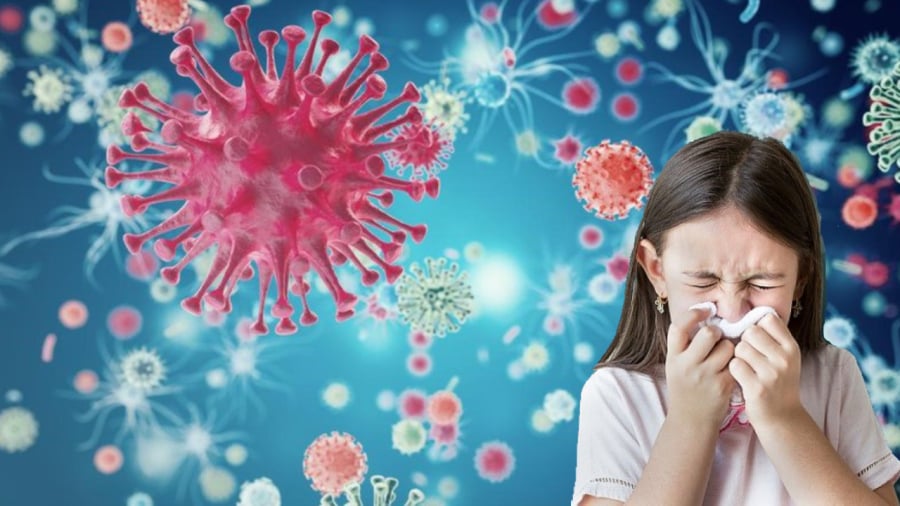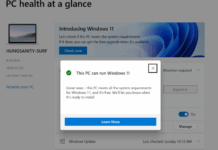Flu Symptoms
The flu is a common illness caused by the influenza virus. This virus can spread through droplets when an infected person coughs, sneezes, or talks. Healthy individuals can contract the virus by inhaling these droplets directly or by touching contaminated surfaces and then touching their eyes, nose, or mouth. Symptoms can vary depending on one’s health and immune system.
Common flu symptoms include headache, fever (ranging from 37.8 to 40 degrees Celsius, typically lasting less than a week, and usually around 3-4 days, with children experiencing higher fevers than adults), chills, sweating, dry cough, muscle pain, and fatigue.
Dietary Recommendations During the Flu
– Avoid Excessive Protein Intake
While protein is essential for the body, it should be consumed in moderation during the flu. Eating too much protein-rich food, such as meat, shrimp, eggs, and fish, can result in excess energy intake, hindering the fever-reducing process.
– Limit Processed and Fatty Foods
Processed and fried foods tend to have lower nutritional value due to the nature of their preparation and preservation. Consuming excessive oily foods can burden the digestive system. Therefore, it is advisable to refrain from these foods during the flu.

It is recommended to avoid certain foods to aid in a speedy recovery from the flu.
– Reduce Salt Intake
When battling the flu, it is best to limit your consumption of salty foods. Excessive salt intake can decrease the amount of lysozyme in saliva, negatively affecting the throat.
– Steer Clear of Alcohol, Carbonated Soft Drinks, and Stimulants
Alcoholic beverages, carbonated soft drinks, and stimulants should be avoided during the flu. These drinks can lead to dehydration, weaken the immune system, and prolong the recovery process.
Caffeine, tobacco, and other stimulants are also best avoided as they may exacerbate coughing and sore throat symptoms.
– Minimize Dairy Products
During the flu, it is advisable to reduce the consumption of dairy products as they can increase mucus production in the lungs, intensifying coughing fits.


































